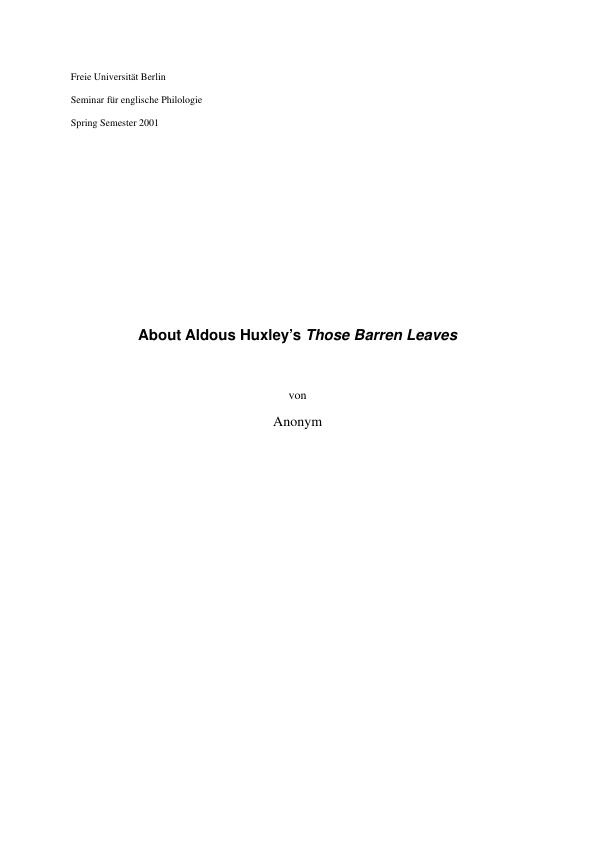Travel is multi-faceted, and yet, in the sense of changing the place, it seems to be one of the most basic actions. In many novels, incorporating travel provides the author with the valuable chance to confront the main character with very disparate figures, environments and cultures. In this case, traveling is an action that motivates action, it is auxiliary. It motivates action by making randomness legitimate – for traveling means to subordinate oneself to unknown future events. Journeys are necessarily open and can never be planned completely, as Englishmen’s accounts even of the Grand Tour, a very standardized form of travel, prove. Also other literary genres besides the travelogue, such the German Entwicklungsroman, can hardly be explained without reference to this aspect of traveling.
Literary journeys often parallel outer and inner movement of the character. (Korte 10) One need not go as far as to Georg Büchner’s Lenz to give proof of this; Calamy’s retreat to the mountains at the end of Aldous Huxley’s third novel Those Barren Leaves (1925), the central work of this paper, also tries to connect landscape and mind. Yet, traveling becomes thematic above all in the fourth of the novel’s five parts. Its title “The Journey” signals it.
The aim of this paper is to analyze and interprete Huxley's novel.
Inhaltsverzeichnis (Table of Contents)
- Introduction
- Phenomenal Analysis
- Modern Transport and Speed
- Altered Modes of Perception
- Functional Analysis
- Broadening and Splitting
- Plot Acceleration
- Foreshadowing / Imaginary Acceleration
- Conclusion
- List of Works Cited
Zielsetzung und Themenschwerpunkte (Objectives and Key Themes)
This paper examines the role of travel in Aldous Huxley's novel Those Barren Leaves. It seeks to understand the functions of the journey within the novel, specifically focusing on how travel contributes to the acceleration of the plot and the transformation of characters. The analysis investigates how Huxley portrays modern transportation and its impact on perceptions and experiences, particularly the influence of speed on the characters' emotions and interactions. The paper also explores the broader thematic implications of travel, including its connection to the characters' spiritual quests and the tension between individual desires and societal expectations.
- The role of travel in accelerating the plot and transforming characters.
- The portrayal of modern transportation, specifically the automobile, and its impact on perception and experience.
- The connection between travel and the characters' spiritual journeys.
- The tension between individual desires and societal expectations as reflected in the characters' experiences of travel.
- The impact of travel on the characters' relationships and their understanding of themselves and the world around them.
Zusammenfassung der Kapitel (Chapter Summaries)
The introduction establishes the importance of travel in Huxley's work and introduces the focus of the paper: the functions of the journey in Those Barren Leaves. The paper begins with a phenomenal analysis of the journey, examining the experiences of the characters as they travel. This section explores the role of modern transportation, particularly the automobile, in shaping their perceptions and emotional states.
The second chapter delves deeper into the impact of speed and modern transport on the characters. It highlights how the characters experience transformations in their personalities and interactions while traveling. The chapter explores the connections between speed, cultural awareness, and the characters' journeys towards personal discovery.
Schlüsselwörter (Keywords)
The key themes and concepts explored in this paper include the journey, modern transport, speed, transformation, character development, spiritual quest, individual desire, societal expectations, and the relationship between inner and outer journeys.
- Arbeit zitieren
- Anonym (Autor:in), 2001, About Aldous Huxley’s "Those Barren Leaves", München, GRIN Verlag, https://www.grin.com/document/76971



